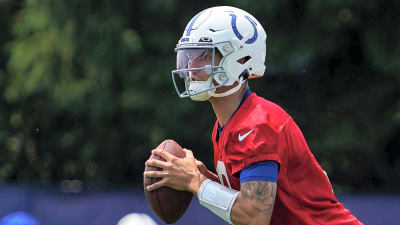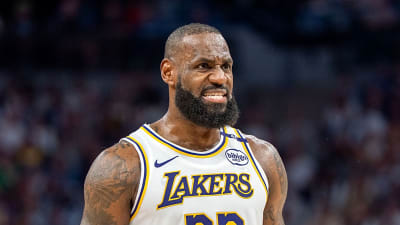
Everyone remembers Derrick Rose as the 22-year-old who soared to an MVP award and seemed destined to dominate for years, only to be sidelined by devastating injuries. But his legacy extends beyond what fans saw on the court. A rule was implemented after his historic 2011 season, which has left a lasting impact on the NBA.
The rule
The “Derrick Rose Rule,” officially part of the NBA’s collective bargaining agreement (CBA), allows players who outperform their rookie contracts to qualify for a significant salary upgrade.
The rule was implemented after the former Chicago Bulls star, in just his third NBA season, became the youngest player in league history to win MVP. At the time, the guard was still bound by his rookie-scale contract with the Bulls, which grossly undervalued his performance. For the Memphis product, the rule wasn’t just about personal gain but setting a precedent.
“You help a lot of people get paid with the Rose Rule, pioneer, my boy,” he said. “You look at it, and now look at everybody else who is benefiting from you. That’s the only thing I care about. Even the wave or the vibration I’m in right now, I call it D-720. D stands for don’t forget about the zealous youth and zealous mean pursuit of a great cause or a great energy.”
The rule, formally called the “higher max criteria for fifth-year eligible players,” permits young stars to earn up to 30 percent of their team’s salary cap if they meet specific performance benchmarks during their first four seasons. Those benchmarks include being named MVP, selected to an All-NBA team twice, or earning Defensive Player of the Year honors.
.@BobbyMarks42 explains the Rose Rule and how Derrick Rose's career impacts NBA players today
— NBA on ESPN (@ESPNNBA) September 26, 2024
"Tyrese Haliburton last year or Anthony Edwards ... There's a reason why they saw an extra $40M in their contracts: because of the Rose Rule." pic.twitter.com/LXAesHwdrI
Working to the goal
All that wouldn’t have been possible if D-Rose hadn’t been a standout athlete with unshakable determination. Born and raised in Chicago, Illinois, the 6-foot-3 guard emerged as a basketball prodigy at Simeon Career Academy, where his poise and skill made him the top high school recruit in the nation.
He continued his ascent at the University of Memphis, leading the Tigers to the 2008 NCAA championship game. His ability to take over games with speed, agility, and basketball IQ made him a consensus No. 1 pick in the 2008 NBA Draft.
After entering the NBA, the shooting guard quickly established himself by earning Rookie of the Year honors and leading the Bulls to the playoffs in his first season. By 2011, he had propelled Chicago to a league-best 62-20 record and was crowned MVP. In all that, he was solely focused, and his work ethic stood out from the beginning.
“I’m not going to clubs, I’m not going to dinners, I’m not doing your typical [expletive] because I’m thinking that you have to be a machine. I didn’t enjoy any of that until like my fourth year, so that rule was not only for me; it’s for everybody,” Rose said.
Since 2012, Derrick Rose has missed a total of 208 games due to injury. pic.twitter.com/4IWNhMBNAm
— SportsCenter (@SportsCenter) September 29, 2015
Yet, for all his accomplishments, the former MVP’s career trajectory took a heartbreaking turn. A torn ACL during the 2012 playoffs marked the beginning of a series of injuries derailing his prime years. Fans were robbed of what could have been one of the most remarkable careers in basketball history.
Despite the setbacks, the former Bulls star’s influence remains undeniable. The rule modeled after his exploits ensures that elite young players are financially rewarded and solidifies his legacy as a trailblazer who changed the business side of the NBA.
More must-reads:
- Kelsey Plum takes shot at Caitlin Clark after WNBA All-Star Game
- Luka Doncic recruited former DPOY to the Lakers
- The 'NBA yearly field goals-per-game leader' quiz
Breaking News
Trending News
Customize Your Newsletter
 +
+
Get the latest news and rumors, customized to your favorite sports and teams. Emailed daily. Always free!








